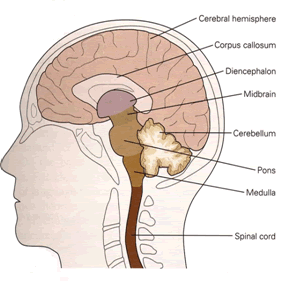IT'S EASY, INTERACTIVE AND COST EFFECTIVE.
EDUCATION
IN HEALTH CARE CONFERENCE
Re:Energise Learning in Health Care
20 - 21 OCTOBER 2005
and
Re:Energise
Nursing and Midwifery Education
7th Feb, 2006
This site was originally created for the conferences listed above but can be used as a general reference point for exploring online voice tools.
Welcome to this session on using your voice online. In this session I'm going to show you a number of tools that can make your teaching and learning environments more personal and more engaging for you and your students. I hope at the end of the session that you'll agree that using your voice online is easy, interactive, and cost-effective.
Oral Annotations of Diagrams (embedding audio)

(voice files
created with Audacity,
a free open source tool)
Recording
Live Lectures
- virtual
classroom (powered by iVocalize)
- lecture archive
Other virtual classroom tools:
- Elluminate
(free for use to LearningTimes
members)
- Live Classroom (Horizon Wimba)
Instant Messengers (free)
 |
Uses:
- office hours at appointed times
- one on one/small group support
- student presentations
- guest lecturers
 |
Uses of audio blogging:
- journal reflections
- weekly message to students
- creation of resources on location
- interviews on location

- definition: a podcast is a web feed of audio or video files placed on the Internet for anyone to subscribe to. (see wikipedia for more)
- for a humorous take on 'what is podcasting?' try this movie
- create your own podcasts at Podomatic, or Odeo (a teacher's comments on using Odeo)
- search this podcast directory for educators, schools and colleges
- medical podcasts
- free podcast sites comparison
- Michael's Podomatic site
- podcasting workshop
Note:
podcasts really do require broadband.
They are typically large files and it is a frustrating
experience waiting for podcasts on a dial up connection.
| Other Voice Tools
|
 |
Text to Speech
Text Aloud - a free tool that allows you to render written text into audio with robot-like voices! It creates mp3 files of the spoken text. The free robots do a remarkably good job - stilted but certainly comprehensible. The paid service (about US$30) offers you more and better voices.
Free Voice Email Tools
- Handybits
- Vemail
- Springdoo - this is a web based service that requires no installation of software and is very easy to use. This is my preferred choice of email tool as of April, 06
Digital
Story Telling (DST)
While not strictly speaking an audio only tool, DST involves recording
a narration or piece of music over a series of still pictures or movies.
The most commonly used tools are:
- Photo Story (a free Micrsoft download for Windows XP - example
- Movie Maker (comes with all Windows machines running XP) - example
- There is a also a free web based tool called Bubbleshare - example
References:
- FINDING YOUR VOICE ONLINE - An Inquiry into the Use of Online Voice Applications in Higher Education (June 2004)
- Beyond Text (New Practices Project); Final Report/Resource (May, 2006)
- Exploring the Use of Voice Online (with particular reference to language teaching)
- A Study into the Use of Online Voice Tools (a lengthy exploration into several aspects of voice online in 2003)
Site updated 27/5/06